E-commerce Growth
The rapid growth of e-commerce is significantly impacting the Paper and Board Technology Market. As online shopping continues to expand, the demand for packaging materials, particularly corrugated boxes and paper-based packaging, is surging. In recent years, the e-commerce sector has seen a growth rate of over 15%, leading to an increased need for sustainable and efficient packaging solutions. This trend is prompting manufacturers to innovate in packaging design and materials, focusing on lightweight and recyclable options. The shift towards e-commerce is also driving the need for improved logistics and supply chain solutions, further influencing the paper and board market. Companies that adapt to these changes by offering tailored packaging solutions are likely to gain a competitive edge in the evolving landscape of the Paper and Board Technology Market.
Consumer Preferences
Consumer preferences are evolving, significantly influencing the Paper and Board Technology Market. There is a marked shift towards products that are not only functional but also environmentally friendly. Consumers are increasingly seeking packaging solutions that reflect their values, such as sustainability and minimal environmental impact. This trend is evident in the rising demand for biodegradable and recyclable packaging materials, which are projected to grow at a rate of 5% annually. Additionally, the desire for customization and personalization in products is driving innovation within the industry. Companies that can effectively respond to these changing preferences by offering sustainable and tailored solutions are likely to thrive. As consumer awareness regarding environmental issues continues to rise, the Paper and Board Technology Market will need to adapt to meet these expectations.
Regulatory Compliance
Regulatory compliance is a critical driver in the Paper and Board Technology Market. Governments worldwide are implementing stringent regulations aimed at reducing environmental impact and promoting sustainable practices. These regulations often mandate the use of recycled materials and the reduction of harmful emissions during production. Companies that fail to comply may face significant penalties, which can adversely affect their market position. As a result, many manufacturers are investing in cleaner technologies and sustainable practices to meet these regulatory requirements. This shift not only helps in avoiding penalties but also enhances brand reputation among consumers who are increasingly favoring environmentally responsible companies. The ongoing evolution of regulations is likely to continue shaping the strategies of businesses within the Paper and Board Technology Market.
Sustainability Initiatives
The Paper and Board Technology Market is increasingly influenced by sustainability initiatives. As consumers and businesses alike prioritize eco-friendly practices, manufacturers are compelled to adopt sustainable production methods. This shift is evident in the rising demand for recycled paper and board products, which accounted for approximately 40% of the total paper production in recent years. Furthermore, regulatory frameworks are tightening, pushing companies to minimize their carbon footprints. The industry is witnessing innovations in biodegradable materials and sustainable sourcing of raw materials, which are becoming essential for compliance and market competitiveness. Companies that embrace these initiatives not only enhance their brand image but also tap into a growing segment of environmentally conscious consumers. This trend is likely to continue shaping the Paper and Board Technology Market, as sustainability becomes a core component of business strategies.
Technological Advancements
Technological advancements play a pivotal role in the evolution of the Paper and Board Technology Market. Innovations in manufacturing processes, such as automation and artificial intelligence, are enhancing production efficiency and reducing waste. For instance, the integration of smart technologies in paper mills has led to a 20% increase in operational efficiency, allowing for more precise control over production parameters. Additionally, advancements in digital printing technologies are enabling customization and shorter production runs, catering to the growing demand for personalized products. These technological developments not only improve the quality of paper and board products but also contribute to cost savings and sustainability. As the industry continues to embrace these advancements, it is poised for significant growth, with projections indicating a compound annual growth rate of around 3% over the next five years.


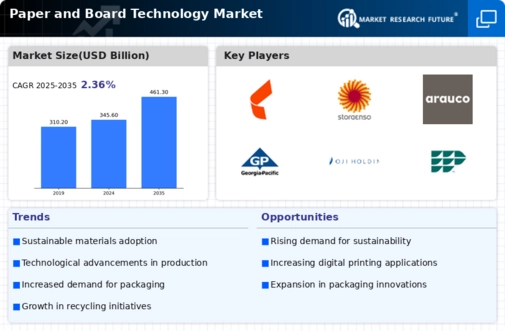
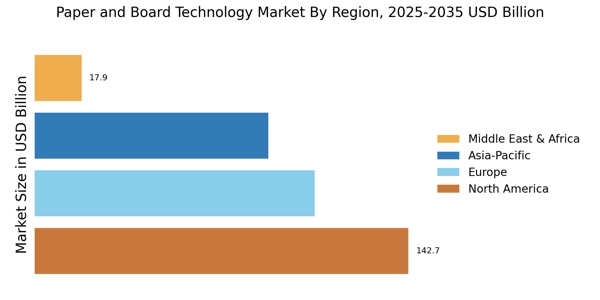
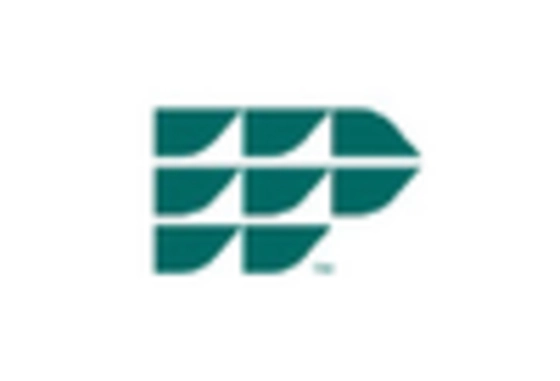

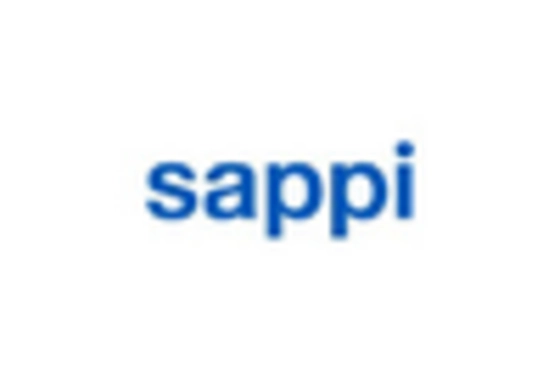

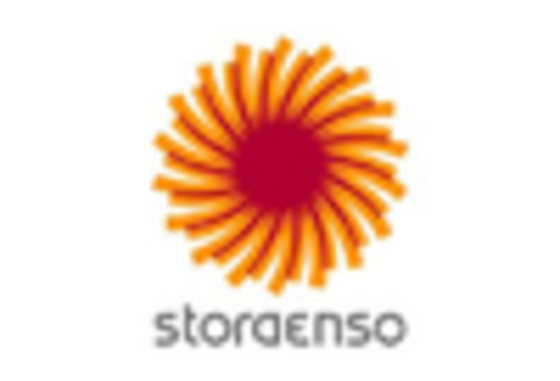









Leave a Comment